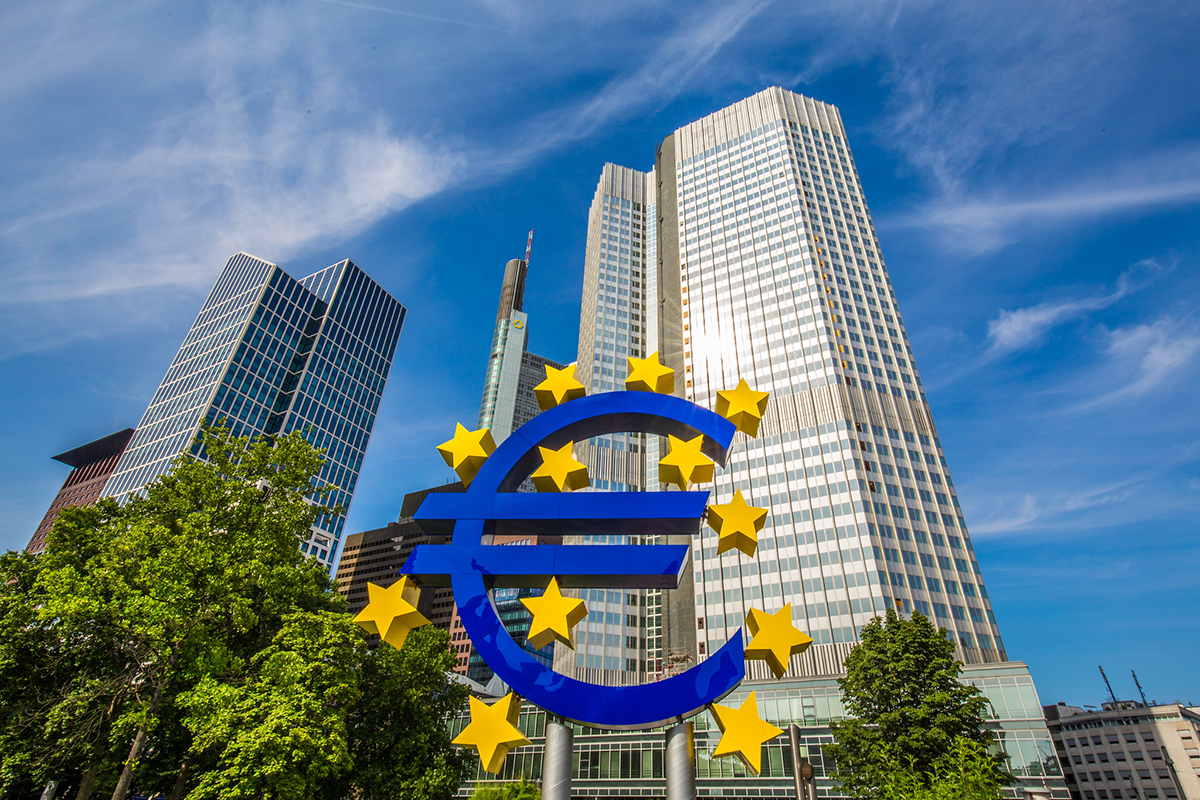Inflation in the euro area has been a closely watched indicator in recent months, with policymakers and economists scrutinizing every fluctuation for signs of stability or turbulence in the region’s economy. According to a flash estimate from Eurostat, the statistical office of the European Union, the annual inflation rate in the euro area slowed as expected to 2.4% in March 2024. While this figure represents a decrease from the 2.6% recorded in February, it’s worth noting that the monthly increase was 0.8%, up from 0.6% in the previous month. This monthly jump marks the most significant increase since February 2023.
Despite the apparent slowdown in the year-over-year figure, the monthly rise suggests underlying pressures that may continue to influence inflation dynamics in the coming months. Moreover, the core index, which excludes volatile items like food and energy, remains elevated at 3.1%. Although this is a decrease from the 3.3% recorded in February, it still reflects a notable 1.0% increase for the month.
Similar to trends observed in the United States, services are expected to have the highest annual rate of inflation in March, holding steady at 4.0% compared to February. Following services, the next highest annual inflation rates are recorded for food, alcohol, and tobacco at 2.7%, marking a significant decrease from the 3.9% reported in February. Non-energy industrial goods also experienced a decrease in their annual inflation rate, dropping to 1.1% from 1.6% in February. Notably, energy prices saw a less pronounced decrease, with an annual inflation rate of -1.8%, compared to -3.7% in February.
The composition of inflation across different sectors provides insights into the driving forces behind the overall inflationary trends. The stability of services inflation suggests ongoing demand for these essential sectors of the economy, reflecting consumer spending patterns and potentially indicating a resilient services sector despite broader economic challenges. Conversely, the significant decrease in food, alcohol, and tobacco inflation may signal easing pressures in these markets, possibly driven by factors such as supply chain improvements or changes in consumer behavior.
The moderation in non-energy industrial goods inflation aligns with broader narratives around global supply chain disruptions and their impact on pricing dynamics. While the decrease in energy prices is noteworthy, it is essential to consider the broader implications of energy markets on inflation and economic activity, particularly given their interconnectedness with geopolitical developments and environmental policies.
Looking ahead, policymakers in the euro area will likely continue to monitor inflation trends closely, balancing the need for price stability with broader economic objectives such as employment growth and sustainable development. The nuanced dynamics of inflation, as evidenced by the divergent trends across different sectors, underscore the complexity of managing monetary policy in a rapidly evolving economic landscape. As such, policymakers may need to employ a range of tools and strategies to navigate these challenges effectively and ensure the euro area’s continued economic resilience and prosperity.





